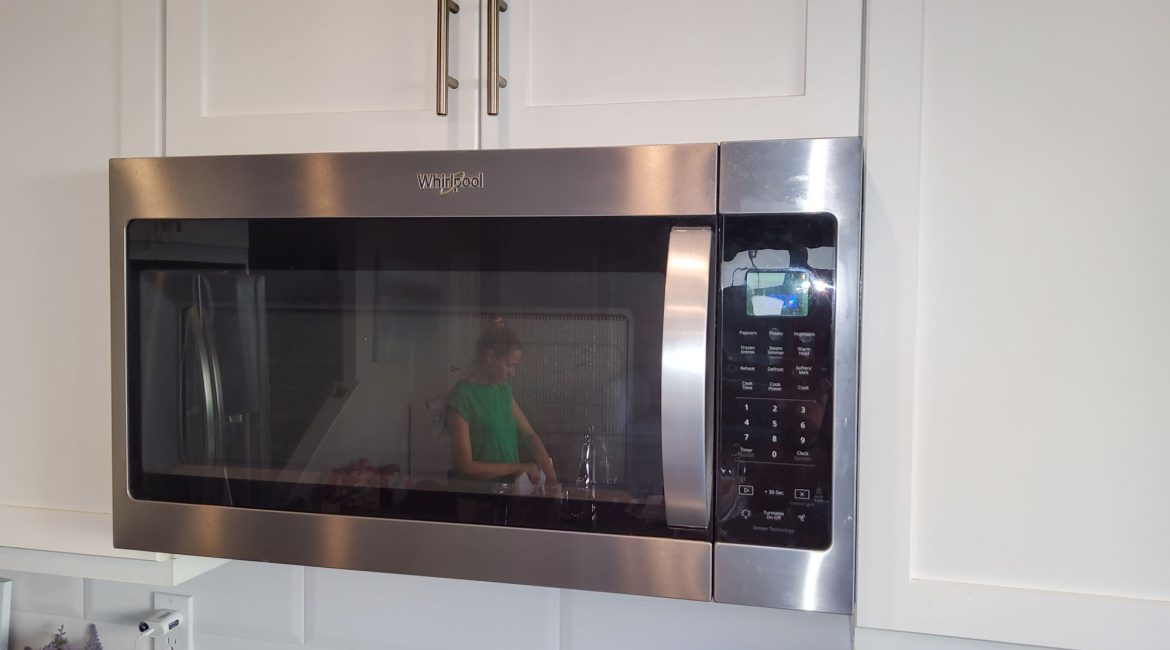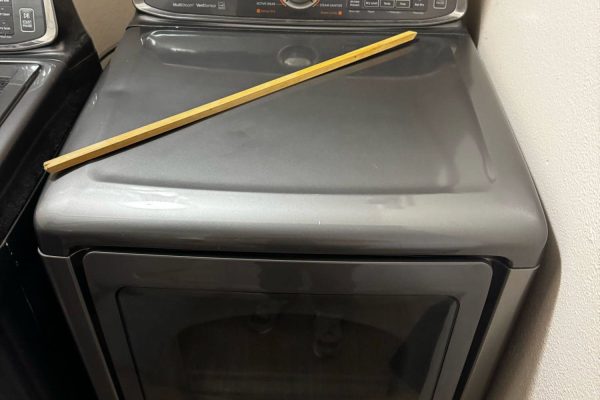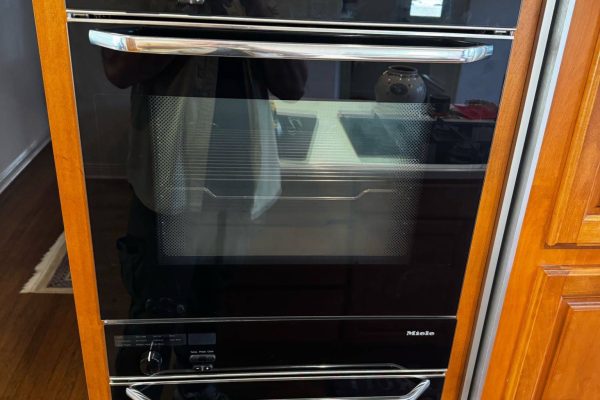Microwave ovens are an essential part of daily life, offering quick and convenient ways to heat food. However, there are times when your microwave might suddenly stop heating. This issue can be frustrating, especially when you rely on it for busy days or reheating leftovers. Understanding why this happens and how to solve it can save you time and money, helping to restore your microwave’s functionality.
Here’s a breakdown of the common reasons your microwave might stop heating and the potential solutions to fix the issue.
1. Faulty Magnetron
The magnetron is the component responsible for generating the microwave radiation that heats the food. If your microwave isn’t heating, the magnetron could be malfunctioning or burned out. A magnetron failure often occurs due to prolonged use, electrical surges, or simply the natural wear and tear over time.
Solution: Replacing a faulty magnetron requires professional help as it involves handling high-voltage components. If the magnetron is the issue, it is generally more cost-effective to replace the microwave, especially if it’s an older model. A certified technician can inspect and replace the magnetron.
2. Blown Fuse
The microwave has several fuses that help prevent electrical damage. A blown fuse can result in a microwave that doesn’t heat or works intermittently. The fuse blows when there’s an electrical surge or short circuit, preventing the microwave from functioning properly.
Solution: A blown fuse is relatively easy to replace, but it’s crucial to use the correct type of fuse for your specific model. If you’re not familiar with electrical repairs, it’s advisable to call a technician who can safely replace the fuse and check for any other electrical issues.
3. Door Switch Problems
If the door switch of the microwave is faulty or broken, it can prevent the appliance from starting. Microwave ovens rely on door switches to ensure they only operate when the door is securely closed. If the switch is malfunctioning, the microwave won’t heat.
Solution: Inspect the door switch to see if it’s loose or broken. If you suspect it’s faulty, a technician can replace it. Sometimes, cleaning the switch area can resolve minor issues, but replacement is often necessary for more severe malfunctions.
4. High Voltage Capacitor Failure
The high-voltage capacitor in the microwave stores and releases energy to power the magnetron. If the capacitor fails, it will not provide the required power to heat food.
Solution: Capacitor failure is a common cause of heating issues. This component can be dangerous to handle due to the high voltage it holds, even after the microwave is unplugged. Replacing the capacitor is a task best left to professionals, as they will ensure it is properly discharged and replaced without risk.
5. Problems with the Microwave’s Control Board
The control board is the brain of your microwave, managing all its functions, including the heating process. If the control board malfunctions or is damaged, it may result in the microwave not heating properly.
Solution: If the control board is the issue, it may need to be replaced or repaired. Diagnosing control board problems requires specialized knowledge and tools, so this is another area where professional repair services are essential.
6. Thermoprotection Switch Issues
The thermoprotection switch is designed to prevent the microwave from overheating. If this switch is damaged or malfunctioning, the microwave may stop heating as a safety measure to avoid fire hazards.
Solution: A technician will need to test the thermoprotection switch to determine if it’s working correctly. If it’s damaged, it will need to be replaced. Regular cleaning and maintenance can help prevent this issue from arising.
7. Electrical Problems
Microwaves depend on consistent electrical supply to function. Any interruption in the power supply—such as a faulty outlet or a loose connection—can lead to heating issues.
Solution: Check if the microwave is properly plugged into the socket and if the outlet is working. Try plugging the microwave into a different outlet to see if the issue persists. If there are electrical issues, a licensed electrician may need to inspect the wiring.
8. Inadequate Microwave Settings
Sometimes, the issue isn’t with the microwave’s components at all. Microwaves often have multiple settings for different heating power levels. If your microwave isn’t heating, make sure you haven’t inadvertently set it to a defrost or low-power setting.
Solution: Double-check the microwave settings and adjust them accordingly. If the settings seem correct but the microwave still isn’t heating, it could be a sign of an internal issue.
A microwave that’s not heating can stem from various causes, including component failure, electrical issues, or incorrect settings. While some problems, like a blown fuse or faulty door switch, may be easy to fix, others—such as a damaged magnetron or control board—require professional attention. To ensure your microwave is repaired safely and effectively, contact Poway Appliance Repair Service Center for expert diagnostics and repairs.
If your microwave has stopped heating or is experiencing other issues, don’t wait—contact Poway Appliance Repair Service Center for reliable and fast repair services. Our experts will have your microwave working like new in no time.
Contact us


